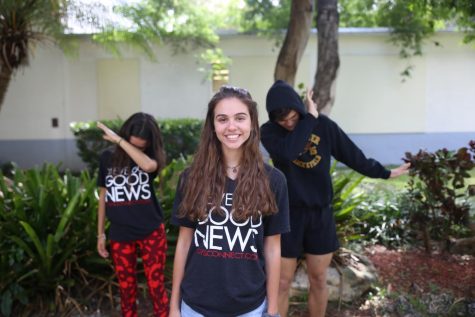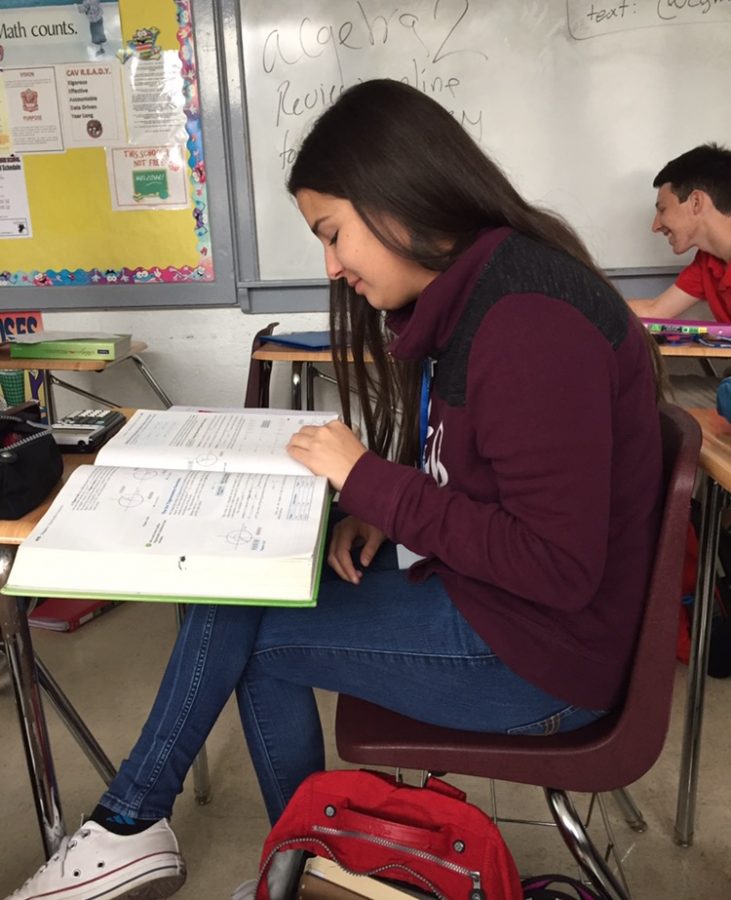Common Core? More like Common Bore!
The Common Core State Standards Initiative aims to educate young minds. However, does it actually work?
The Common Core State Standards Initiative was created to implement a set of high-quality requirements in the subjects of mathematics and English. These standards are meant to ensure that all students leave from high school with the skills necessary to succeed in future endeavors, regardless of what state they graduate in. Many agree with these guidelines and feel that the federal government should push all states to adopt this curriculum, while others argue that education should remain in the hands of the state. Common Core is seen as inefficient by those in opposition because it is believed education must indeed differ from state to state.
Common Core is comprised of monotonous guidelines that are meant to “standardize” education. The idea of limiting a student to a number not only discredits any area of interest the student may otherwise excel in but also makes students feel as though the only part of education that matters is in the areas of math and English. This dilutes the integration of holistic education through channels of foreign language and the social sciences, areas of study that are integral to one’s cultural growth. Common Core not only lessens the presence of liberal arts in school systems but also fine arts, such as dance or photography. As these subjects are not tested by standards, there is decreased funding and dedicated class time to these subjects.
Allowing each individual state the ability to set standards for its students results in discrepancies across state lines. If a student moves from Pennsylvania to Florida for example, the content that is taught and the manner in which it is presented can greatly vary. This concept is what led Common Core’s appeal as a steadfast curriculum and why it was enacted in all fifty states – it allows for less deviation in the way American students learn.
“Allowing education to be a state issue leads to discrepancies in how students learn, not equally preparing them for life after high school,” senior Libertad Robledo said.
Creating a uniform system of education is not effective; students may be unparalleled when it comes to the culinary field but can not retain all the facts about geometry necessary to pass an assessment. Everyone learns differently, certain subjects resonate more than others on a student-to-student basis.
Grouping a range of students, from all backgrounds with unique passions, and holding them to the same exact criteria is a step in the wrong direction for education. It is evident that allowing self-expression and pursuit of personal interests allows for positive results in other school subjects. Schools such as South Miami High School and Design and Architecture Senior High (DASH) have concentrations called “magnets” for their students, where a student spends time dedicated to developing their talents in his or her chosen area of interest. These schools, despite allowing creative freedom to their students, are state-recognized for their test scores and school averages.
Your donation will support the student journalists of Coral Gables Senior High School. Your contribution will help us cover our annual website hosting costs.

Emily Simon is a senior in the International Baccalaureate (IB) program at Coral Gables Senior High. Serving as both the Features and Student Life editor...







